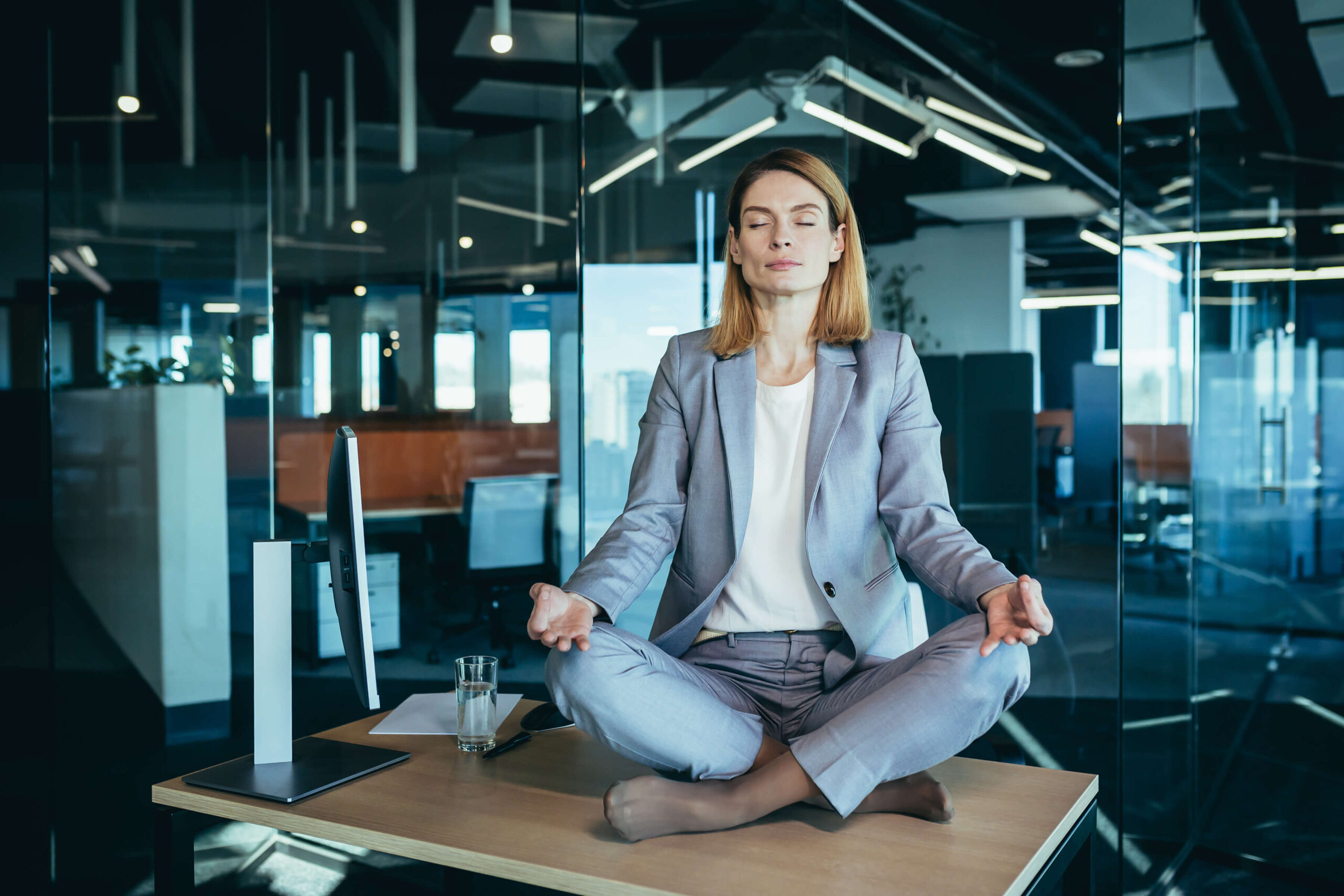
Certified Yoga Trainer
If you are toying with the idea of starting yoga, you may feel a little overwhelmed when you have to decide which class is the most suitable for you. There are many different traditional yoga practices as well as a vast range of hybrid yoga classes, so deciding on a style can be confusing for a beginner. Another critical factor in making a choice is one’s own present health condition and the yoga trainer must be informed about it. They can assist in helping you make a choice or advise whether you should even start the yoga practice. For example, even though yoga is a boon but can become a pain for someone with spine issues and can even have an adverse impact if not practiced correctly.
Presented below are different types of yoga style with a brief description on each to help you make an informed choice.
Hatha yoga
Yin Yoga is based on the Taoist concepts of Yin and Yang. Yang represents athletic activities that generate heat in the body, while yin is the gentler and strengthening moves that heal the body. Yin yoga was developed to help practitioners go deeper into the muscles and address joints and ligaments through passive stretching.
Yin yoga has a slow pace and is usually held in stillness, with each pose held between one to twenty minutes. Traditionally there is minimal movement in Yin classes, and between 18 to 24 floor poses are held to stimulate the meridians. This type of yoga class is ideal for people who want to improve their flexibility and joint stability and heal their muscle tissue. It is also a great style of yoga for those who want to relax and balance their body and mind.
Yin Yoga
Networking acts as a catalyst in your professional, business, and personal growth. One cannot disregard professional networking if one wants to grow in career and business.
Whether you are a start-up looking for funding or a business with a need to strike a lucrative deal, developing strategic business relationships in your business community can play a critical role.
According to HubSpot research, 85% of jobs are filled through professional and personal networking. Even statistics will tell you that your connectivity within an organization and outside the professional network can fetch you a desirable job change, promotion, or a salary hike.
Vinyasa yoga focuses on movement and a flowing linking between the postures. It can be quite physically demanding and requires you to move your body in time with your breath
Kundalini Yoga
Kundalini yoga is a different style of yoga than you may be used to. It is a very spiritual style that focuses on chanting and meditation. Kundalini translates as ‘a spiritual energy’ and Kundalini Yoga aims to channel and awaken this energy.
These classes can be physically challenging and are ideal for those seeking more spirituality in their yoga practice. This type of yoga can help you feel an energy shift, although it can be quite strenuous for beginners. Kundalini sequences usually consist of asanas combined with breathing exercises to awaken each chakra. The class begins with a short chant, then usually follows a warm-up sequence focusing on spinal flexibility, then an asana sequence, and finally a meditation.

Vinyasa Yoga
Vinyasa translates to ‘arrange in a particular way’ and refers to the sequence of yoga postures. Vinyasa yoga focuses on movement and a flowing linking between the postures. It can be quite physically demanding and requires you to move your body in time with your breath.
Each Vinyasa class can be different, and depending on your teacher’s preferences, you can expect to use props or music. Most vinyasa flows include movements such as sun salutations, warrior poses, and many backbends and inversions. This type of yoga is ideal if you want to tone your body and improve your flexibility.
Ashtanga Yoga
Vinyasa translates to ‘arrange in a particular way’ and refers to the sequence of yoga postures. Vinyasa yoga focuses on movement and a flowing linking between the postures. It can be quite physically demanding and requires you to move your body in time with your breath.
Each Vinyasa class can be different, and depending on your teacher’s preferences, you can expect to use props or music. Most vinyasa flows include movements such as sun salutations, warrior poses, and many backbends and inversions. This type of yoga is ideal if you want to tone your body and improve your flexibility.
Power Yoga
Power yoga is a very athletic yoga practice that is a great workout if you want to push yourself! It involves lots of flowing movements with strengthening poses in between to build strength. It’s a good practice if you want to push yourself and work up a sweat, but it’s not the most beginner-friendly practice – so if you are doing yoga for the first time, you might want to try this style first.
Aerial Yoga
Aerial yoga is a unique style of yoga that uses silk hanging from the ceiling to support and deepen the poses. It can also be called anti-gravity yoga. This type of yoga usually consists of inverted poses, and you may need some upper body strength to pull yourself up the slopes. Aerial yoga can be enjoyable and liberating and is great for treating
back pain because of the gentle stretching of the spine.
Iyengar Yoga
Iyengar Yoga was developed and popularized by a famous yogi named B.K.S Iyengar. This type of yoga focuses on correct alignment and uses many tools such as blocks and straps to achieve this. Iyengar yoga is characterized by a lot of stillness, and you hold the poses rather than moving with your breath. This type of yoga is ideal if you are struggling with injuries or are not as flexible.
Once you have found your preferred style, you’ll probably find yourself on the mat regularly, ready to explore other styles as well
Email your queries to Anshuman at anshuman.ecs@gmail.com





2 Comments
5q5f2
buy generic inderal over the counter – methotrexate 2.5mg pill methotrexate 10mg cost
g5ciq
buy amoxil no prescription – buy diovan combivent 100mcg oral